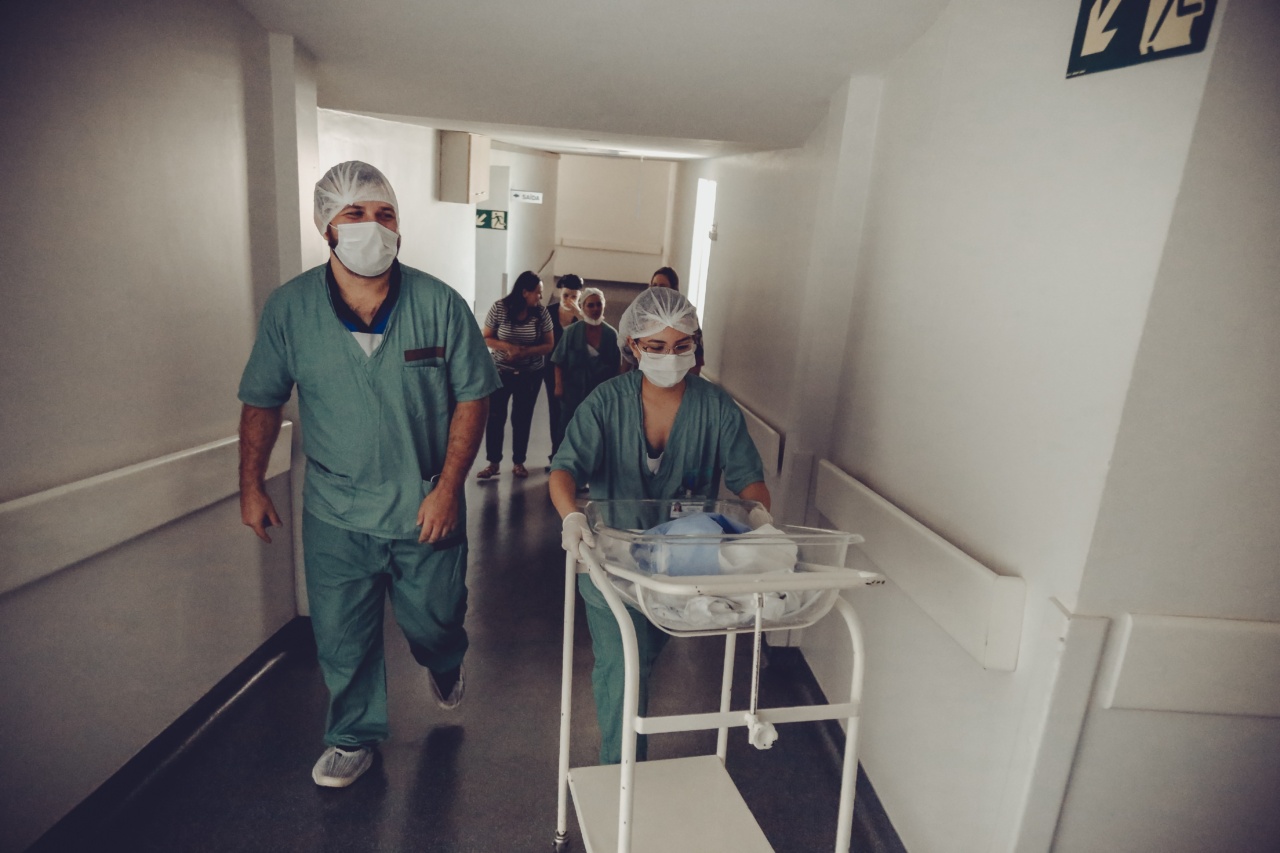In a groundbreaking development, a baby has been born through the use of in vitro fertilization (IVF) and assisted with stem cells.
This remarkable medical achievement is not only a testament to the advancements in reproductive technology but also opens up new possibilities for treating various genetic disorders and infertility. The birth of this IVF-assisted stem cell baby represents a major milestone in the field of medicine and offers hope to countless individuals and families dealing with infertility and genetic conditions.
The IVF Revolution
IVF is a fertility treatment that has revolutionized the world of reproductive medicine. It involves fertilizing an egg with sperm in a laboratory setting and then transferring the resulting embryo to the woman’s uterus.
Over the years, IVF has helped millions of couples overcome infertility and fulfill their dream of starting a family.
While traditional IVF techniques have been highly successful, the incorporation of stem cells takes this revolutionary procedure to new heights.
Stem cells are unique cells that have the potential to develop into different types of specialized cells in the body. They hold tremendous promise for regenerative medicine and have the ability to repair and replace damaged tissues or organs.
Assisting IVF with Stem Cells
The IVF-assisted stem cell procedure involves the introduction of stem cells into the growing embryo during the IVF process.
These stem cells can be obtained from various sources, such as the umbilical cord blood, bone marrow, or even the patient’s own body. The introduction of stem cells at an early stage can potentially enhance the quality and development of the embryo, improving the chances of a successful pregnancy.
By incorporating stem cells into the IVF process, researchers and fertility specialists hope to improve the outcomes and increase the success rates of this already highly effective treatment.
This novel approach has the potential to revolutionize reproductive medicine and offer new possibilities for individuals struggling with infertility.
The Birth of Hope
The successful birth of an IVF-assisted stem cell baby is an extraordinary achievement that provides hope for a range of medical conditions.
The introduction of stem cells at such an early stage opens up possibilities for potential therapies for genetic disorders, such as sickle cell disease or cystic fibrosis. By optimizing the embryos with stem cells, it may be possible to prevent the transmission and development of these conditions in future generations.
Moreover, the use of stem cells in the IVF process could enhance the quality of embryos that are at higher risk of genetic abnormalities.
This advancement may reduce the chances of miscarriages and implantation failures, further improving the success rates of IVF treatments.
Additionally, this medical milestone could also pave the way for developing personalized medicine approaches.
By incorporating the patient’s own stem cells, the potential for tailored treatment plans based on individual genetic makeup becomes a reality.
Overcoming Ethical and Moral Concerns
As with any groundbreaking development in science and medicine, there are ethical and moral concerns surrounding the use of stem cells, particularly embryonic stem cells.
The use of embryonic stem cells has long been a subject of debate due to the destruction of embryos involved in their extraction.
However, in the context of IVF-assisted stem cell babies, the ethical concerns are significantly reduced.
The stem cells used in the procedure can be obtained from various ethical sources, such as the umbilical cord blood, which are typically discarded after birth. By utilizing these otherwise wasted cells, the ethical implications associated with embryonic stem cell use can be circumvented.
Furthermore, this medical milestone offers hope to individuals previously unable to conceive due to factors such as age or genetic conditions.
It provides an alternative to traditional reproductive methods and challenges societal norms surrounding conception and pregnancy.
The Future of Reproductive Medicine
The birth of the IVF-assisted stem cell baby paves the way for a future where infertility is no longer a roadblock to starting a family.
It represents a significant milestone in reproductive medicine, with the potential to revolutionize the field and change the lives of millions.
As researchers continue to fine-tune this groundbreaking procedure, there is great anticipation for further advancements.
This includes harnessing the potential of stem cells for the treatment of various diseases and conditions, offering hope where few options exist.
The successful birth of an IVF-assisted stem cell baby should be celebrated as a testament to human ingenuity and the power of science to transform lives.
It opens up a world of possibilities for individuals and families who face reproductive challenges, bringing renewed hope and optimism for the future.






























